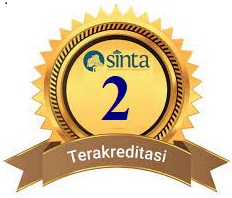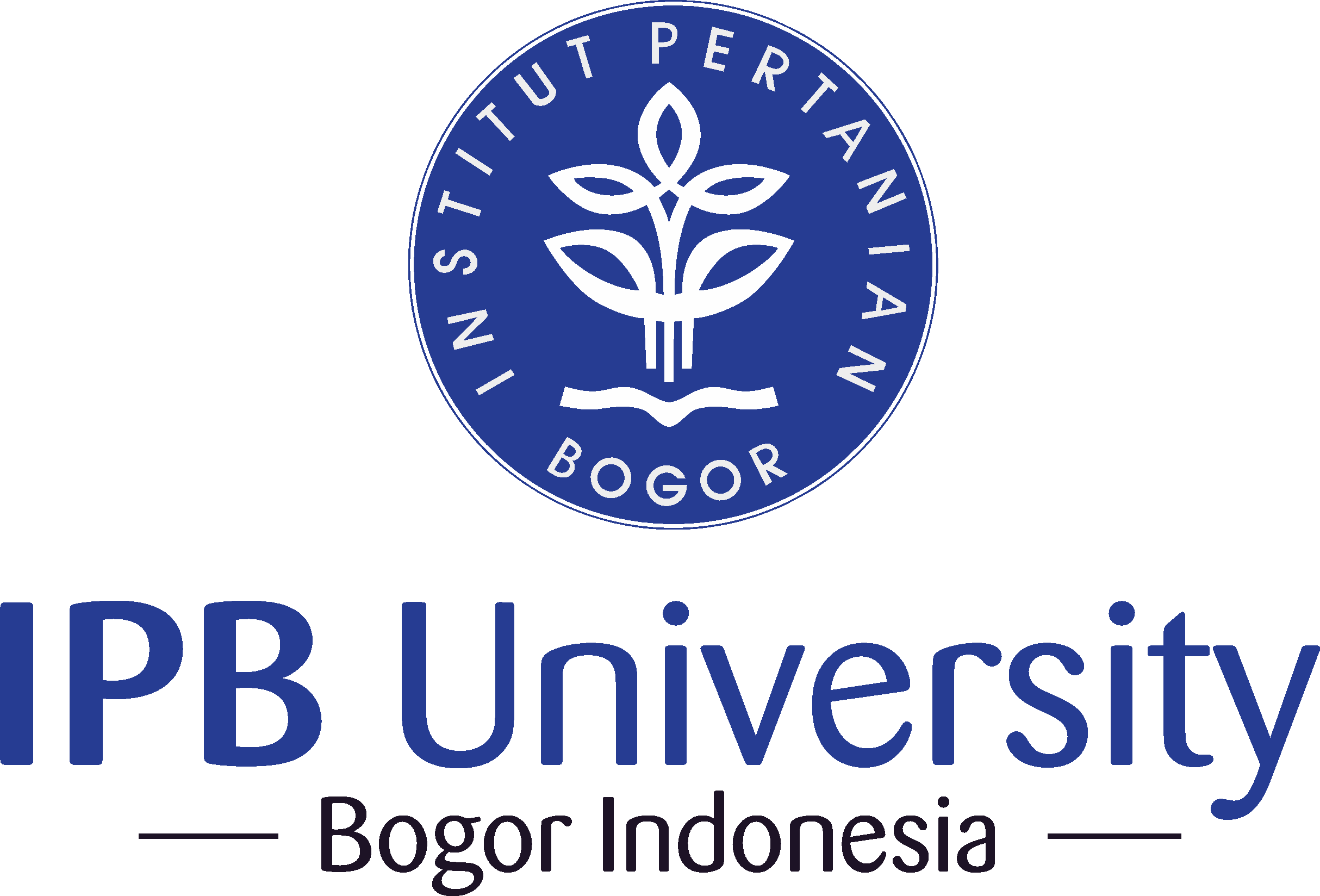Pemeliharaan Ikan Sidat dengan Sistem Air Bersirkulasi
Abstract
Today, eel resource especially seeds in Indonesia has not been used for eel culture activities. To be able to optimally utilize the seeds that led to the production of eels for consumption needs adequate cultivation technology. This study aimed to obtain performance information of survival rate, growth rate, and feed conversion ratio to support mass production of eel consumption. The experiments were performed using aquarium of (0.8 x 0.4 x 0.4) m3 and concrete tank (1.7 x 1.7 x 1) m3with circulating water. Eel used were elver (1.2-1.5 g) and fingerlings (15-17 g). Silk worms (Tubifex) and artificial feed in the pasta form were used as feed. The results showed that the elver reared in aquarium or concrete tank with water recirculation system showed high survival rate of 78-79% and 86-96%, respectively. The specific growth rate (SGR) was good (0.6-0.8%), but the feed conversion was still high (33-21) for the elver fed with silk worms and very good (0.6-0.7) for elver fed with artificial feed. The juvenile eel reared in a concrete tank showed SR up to 85-94%, the SGR ranged from 0.8 to 1.2%, and feed conversion from 0.61 to 0.69. It can be concluded that the rearing of seed eel can be done incontainer using water recirculation system with stocking density of 3 individuals/land 1.5 kg/m3in preparing the seed to be ready tobe cultivated outdoors.
Downloads
References
Degani G, Levanon D. 1983. The influence of low density on food adaptation, cannibalism and growth of eels (Anguilla anguilla. L). Bamidgeh. 35(2): 53-60.
Djajasewaka H. 2003. Pengaruh pemberian pakan buatan dalam bentuk pelet, pasta dan campuran keduanya terhadap pertumbuhan benih sidat (Anguilla bicolor). Dalam: Prosiding Sumber daya Perikanan Sidat Trofik. UPT Baruna Jaya, BPPT. Hlm 55-58.
Effendie MI. 1979. Metode Biolgi Perikanan. Bogor (ID): Yayasan Dewi Sri.
Elie P, Daguzan J. 1980. Alimantation at croasanse des civeles d’Anguilla anguilla eleve experimentalement en canalisation au laboratoire. Ann Zootech. 29(3): 229-224.
Foulquirer L, Descamps et B, Grauby A. 1976. Etude experimental des aux rechaufflees par les centrales nucleares pour la croissonce des Angguiile.
Goddard S. 1996. Feed Management in Intensive Aquaculture. London (GB): Chapman and Hall. 184 p.
Ringuet S, Muto F, Raymaker C. 2002. Eel. Their Harvest and Trade in Europe and Asia Traffic Bulletin. 19(2). 73pp.
Tesch FW. 1977. The Eel. Biology and Management of anguillid Eels. London (GB): Chapman and Hall. 434 hlm.
This journal is published under the terms of the Creative Commons Attribution-NonCommercial 4.0 International License. Authors who publish with this journal agree to the following terms: Authors retain copyright and grant the journal right of first publication with the work simultaneously licensed under a Creative Commons Attribution-NonCommercial 4.0 International License. Attribution — You must give appropriate credit, provide a link to the license, and indicate if changes were made. You may do so in any reasonable manner, but not in any way that suggests the licensor endorses you or your use. NonCommercial — You may not use the material for commercial purposes.



















